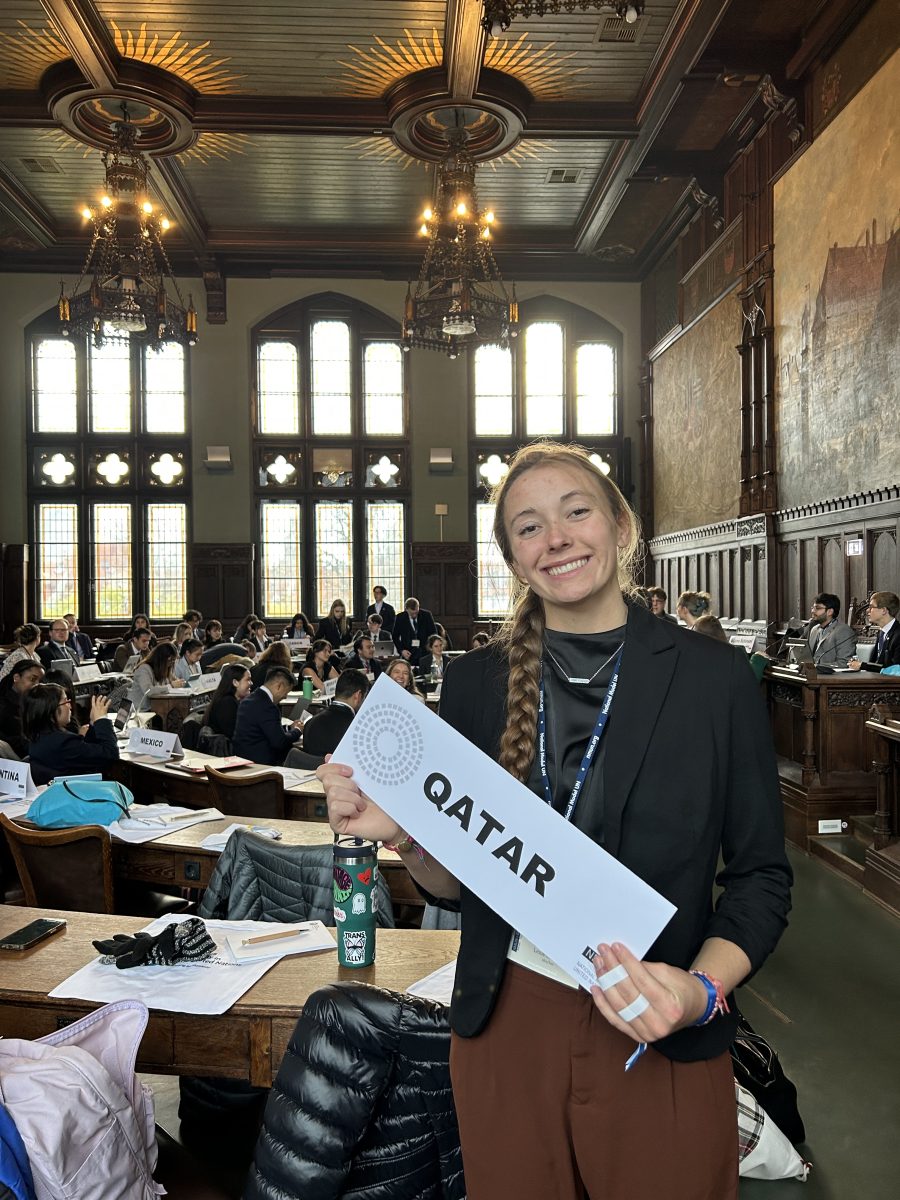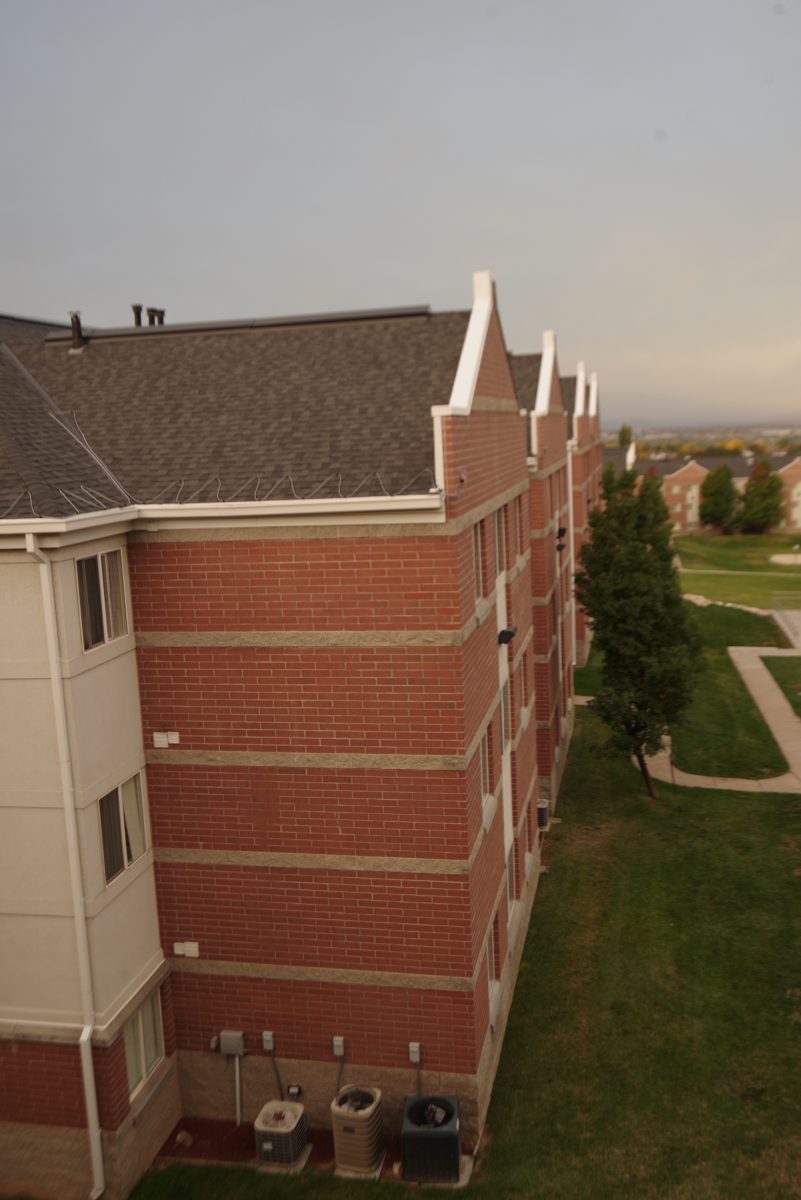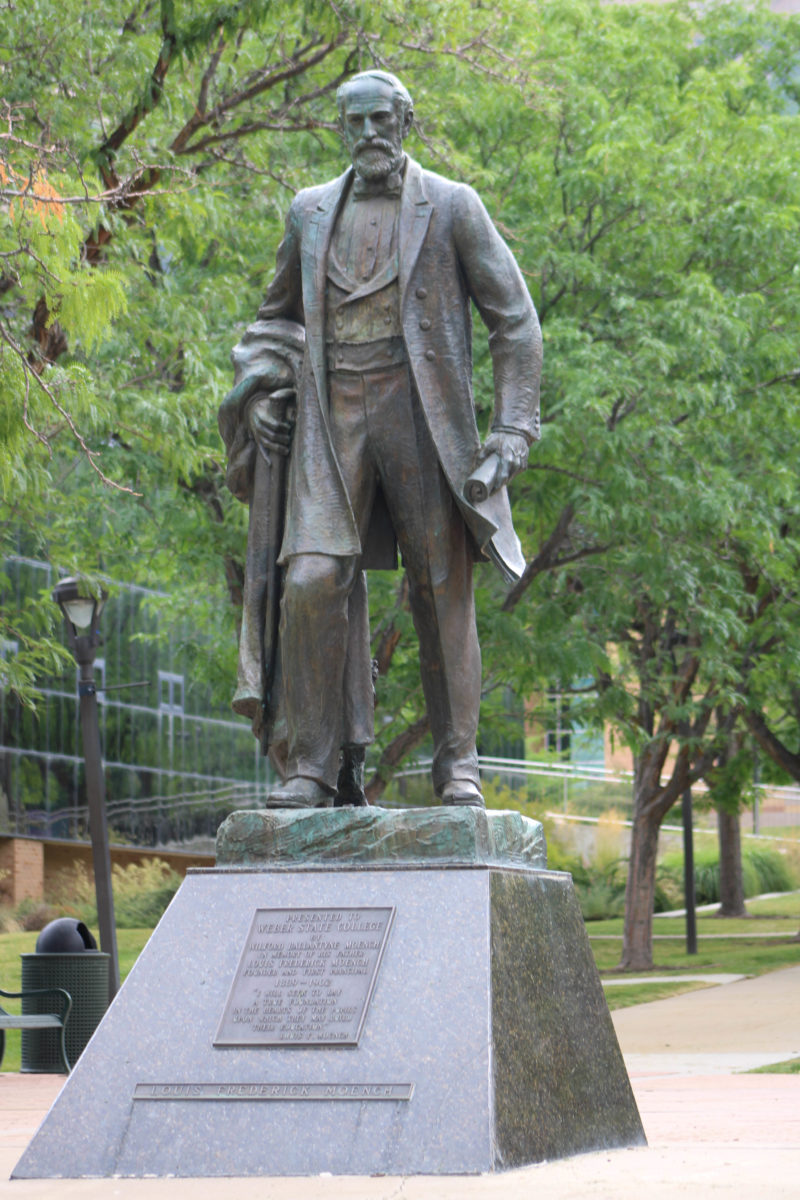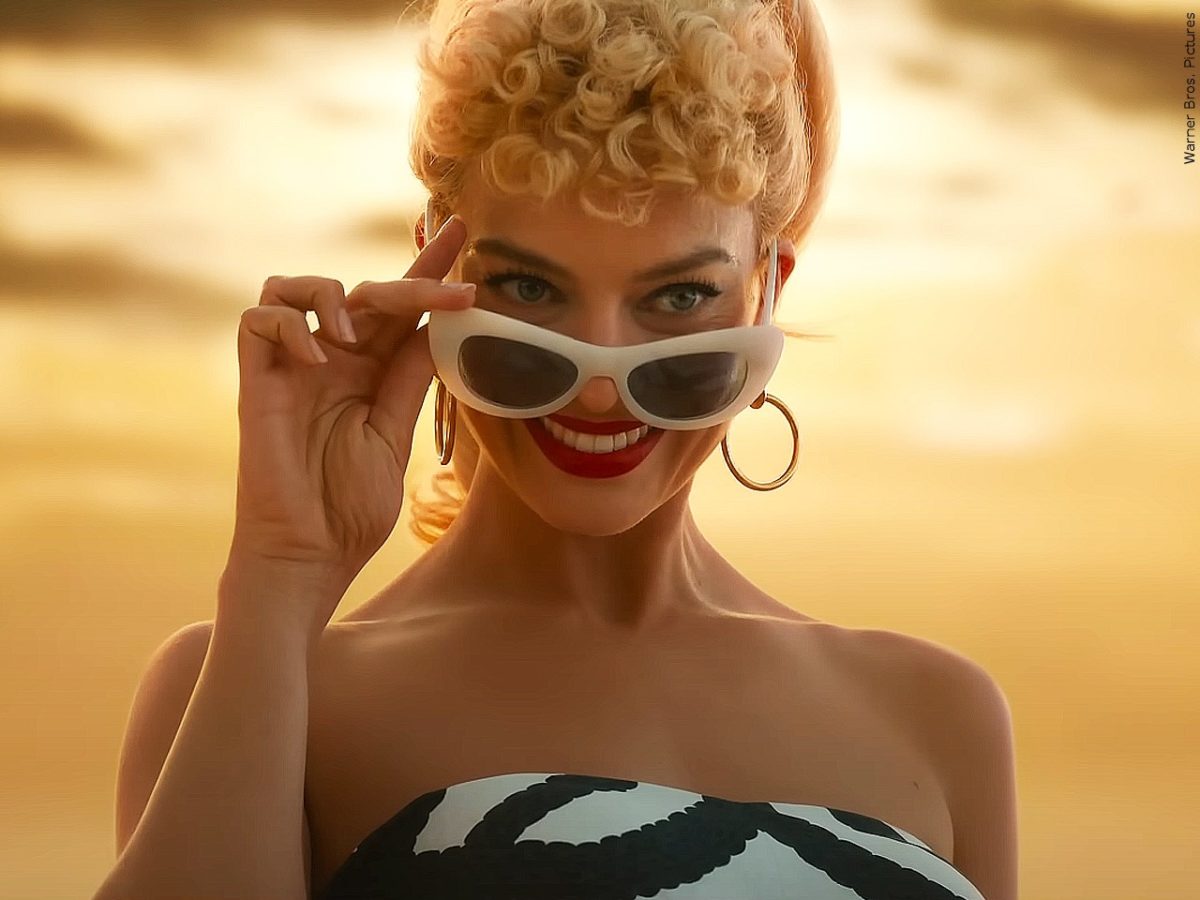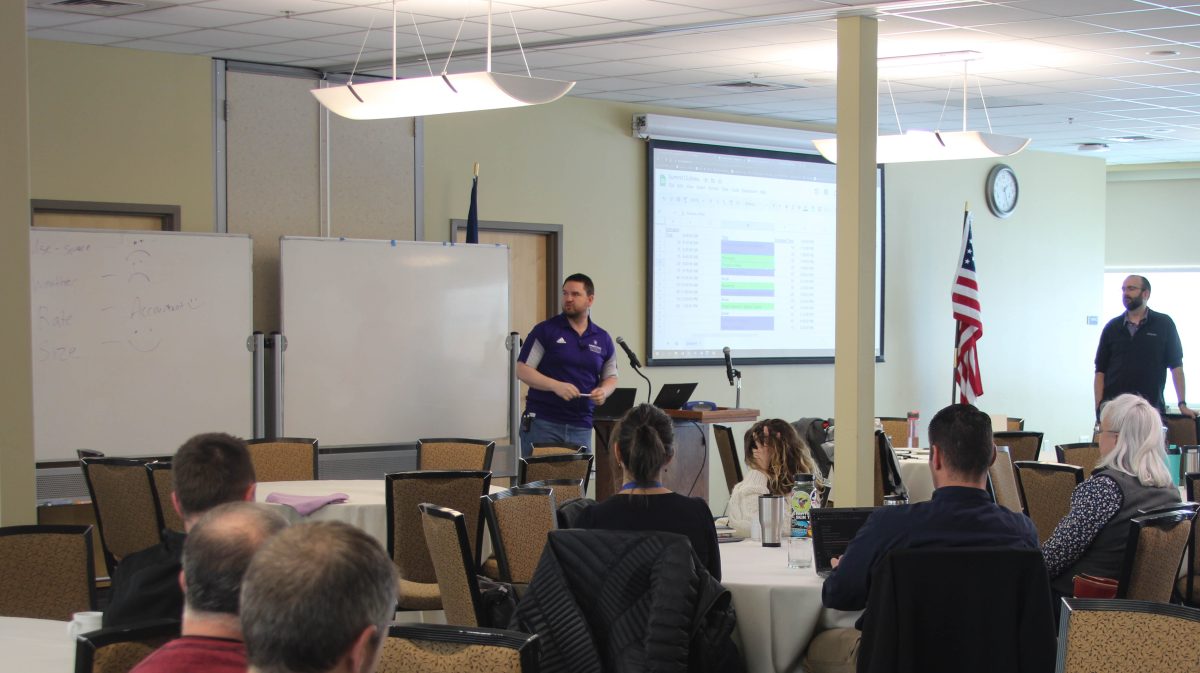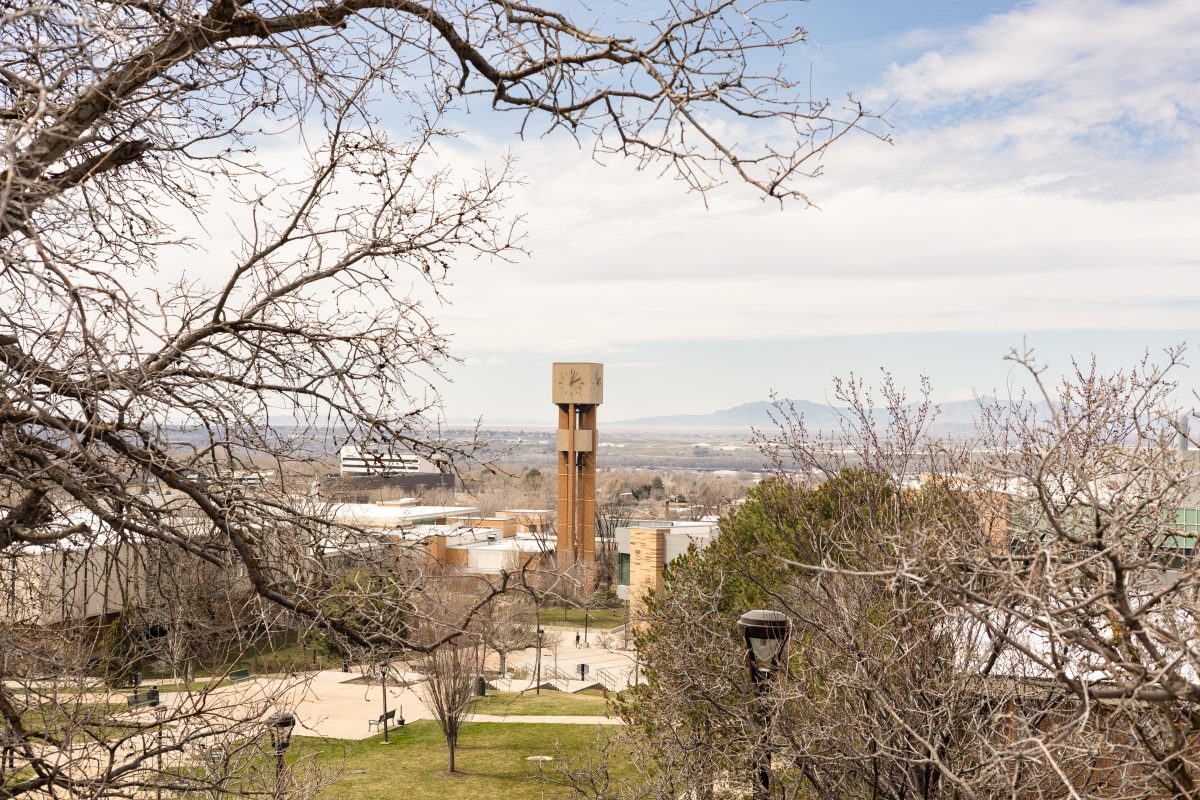
I recently saw “Wicked” for the second time at the Capitol Theatre in Salt Lake City. The first time I saw the Broadway musical, which presents an origin story for the Wicked Witch of the West from “The Wizard of Oz,” I was transfixed by the haunting music, colorful costumes and elaborate lighting. This time I noticed something different.
“Wicked” begins at the end of the story with a chilling opening number that recalls “Ding-Dong the Witch is Dead” but is all grown up. From the musical’s opening lines, “Good news! She’s dead! The Witch of the West is dead!” we know exactly where we’re at in the classic “Wizard of Oz” storyline. And since I was already familiar with the traditional cast of characters, it didn’t bother me that the Wicked Witch was dead or that everyone on stage was cheering about it.
Not at first, at least.
A minute or so into the opening number, Oz and the audience are graced with the presence of the ever-sparkly Glinda the Good Witch. Glinda plays the devil’s advocate in this number, asking the Ozians, “Are people born wicked, or do they have wickedness thrust upon them?” She recounts personal things about the Wicked Witch’s childhood and concludes that it couldn’t have been easy.
The Witch’s life unfolds with the musical. We learn that she has a name, Elphaba, and that she was once a plucky young woman who questioned everything. We also learn that Oz wasn’t as idyllic as the Wizard would like us to think it is. And when Elphaba wouldn’t submit to the status quo, when she refused to stay silent in the face of the Wizard’s treachery, she was given the title “Wicked Witch.”
By this time, I was seeing the “Wizard of Oz” characters in a different light, and I watched, helpless, as Elphaba was demonized by the people of Oz. Since Elphaba was an outsider from the start, it was all too easy for her to transition from a green-skinned pest to a force of evil, at least in the eyes of the Ozians. This is the part I paid attention to, and this is the part that has haunted me since I walked out of the theater.
As it turns out, Elphaba was never wicked. She had wickedness thrust upon her by the people of Oz.
How many times have we stigmatized other people for saying, doing or believing something we don’t agree with? We slap a label on them, a handy way of organizing things we don’t entirely understand, and move on. And while “wicked” is a little outdated, the labels we give people are endless: “slut,” “bigot,” “stupid,” “lazy,” “prude” or simply “wrong.”
In the opening scene, Glinda invites the people of Oz to imagine the Wicked Witch complexly. She invites them to see not an evil trope but a passionate young woman named Elphaba who wanted to change the world for the better. By the end of the show, I had seen enough of Elphaba’s side of the story to understand just how much she was misrepresented, and I was on her side, completely.
In the real world we don’t get to learn a person’s life story right away. We don’t have the opportunity to see the course of events that has turned them into the person we’re meeting. All we have is what is in front of us and our own experiences to guide our interpretations.
So what do you do?
Now I see the right thing to do is follow the guidance of Glinda and imagine these people complexly. Give them the benefit of the doubt. Allow yourself to believe that people have good reasons for their beliefs and actions, even if it’s tough to understand those reasons.
In the words of the immortal Glinda, let’s spend less time condemning the wicked and a little more time trying to be good.



